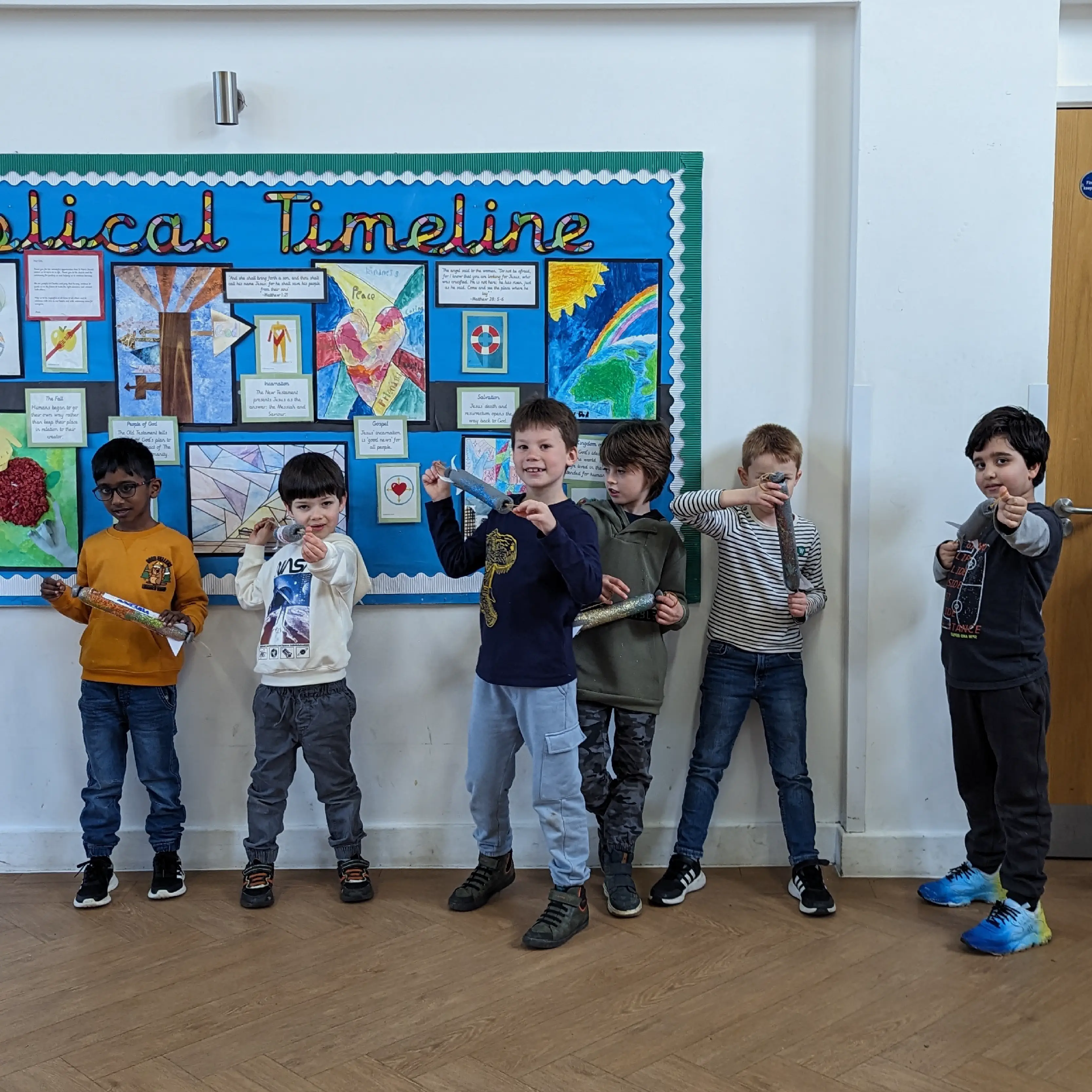Embark on a journey through the stars with your children as they explore the wonders of space through fun and educational activities.
Unlocking the Benefits of Space Education
Space education is not just about learning facts and figures about the universe, it offers numerous benefits for children's STEM learning. By studying space, children develop a curiosity for science and a desire to explore the unknown. They learn about the different celestial bodies, the laws of physics, and the vastness of the universe. This knowledge sparks their interest in other STEM subjects and encourages critical thinking, problem-solving, and creativity.
Moreover, space education can make science exciting and accessible for children. It takes complex scientific concepts and presents them in a way that is relatable and engaging. Learning about space allows children to see the practical applications of science in everyday life and inspires them to pursue careers in STEM fields.
By incorporating space education into their learning, children also develop important skills such as teamwork, communication, and perseverance. They learn to work together on projects, communicate their ideas effectively, and overcome challenges. These skills are essential for their future success in any field they choose.
In summary, space education is a gateway to broader STEM learning. It not only teaches children about the wonders of the universe but also ignites their passion for science and equips them with valuable skills for the future.
Engaging Space Activities for Young Explorers
To make space education fun and interactive for children, there are various activities and experiments that parents can incorporate at home. These activities not only entertain children but also enhance their understanding of space concepts. Here are a few ideas:
1. Create a Solar System Mobile: Help your child create a mobile with different-sized balls representing the planets. Hang it in their room as a decorative reminder of the solar system.
2. Build a Rocket: Use cardboard, paper, and other craft materials to build a rocket with your child. Encourage them to design and decorate it. Once it's ready, have a launch day in the backyard.
3. Stargazing Night: Pick a clear night and take your child outside to observe the stars. Use a star chart or a stargazing app to identify constellations and discuss their stories.
4. Moon Phases Experiment: Fill a clear glass with water and place it in a dark room. Use a flashlight to represent the sun and observe how the light reflects on the water, showing different moon phases.
These activities provide hands-on experiences that make learning about space enjoyable and memorable for children.
Navigating the Universe with Online Tools and Apps
In today's digital age, there are numerous online resources and apps available to enhance space education for children. Here are some recommended tools:
1. NASA Kids' Club: NASA offers a website specifically designed for kids, featuring interactive games, videos, and fun facts about space.
2. Space Apps for Kids: There are several educational apps available that allow children to explore the universe, learn about planets and stars, and engage in interactive activities.
3. Online Astronomical Observatories: Many reputable observatories offer live streaming of celestial events, allowing children to witness phenomena like meteor showers or eclipses in real-time.
4. Virtual Reality Space Exploration: Virtual reality apps and experiences provide an immersive way for children to explore space environments and learn about different celestial bodies.
These online tools and apps can supplement traditional learning and provide children with a dynamic and interactive way to navigate the universe.
Inspiring Stories of Young Space Enthusiasts
To further inspire children in their space education journey, it can be beneficial to share stories of young scientists and astronauts who have made significant contributions to space exploration. These stories highlight the achievements and challenges faced by these individuals, showcasing their passion and dedication to their work. Here are a few examples:
1. Katherine Johnson: Katherine Johnson was an African-American mathematician who played a crucial role in NASA's early space missions. Her calculations were instrumental in the success of the Mercury and Apollo programs.
2. Valentina Tereshkova: Valentina Tereshkova was the first woman to travel to space. She piloted the Vostok 6 spacecraft in 1963, paving the way for future female astronauts.
3. Chris Hadfield: Chris Hadfield is a retired Canadian astronaut who gained popularity for his videos and social media posts from the International Space Station. He captivated audiences with his enthusiasm for space exploration and helped connect people around the world to the wonders of the universe.
By sharing these inspiring stories, children can see that space exploration is not limited to a select few but is a field open to anyone with passion and determination.


